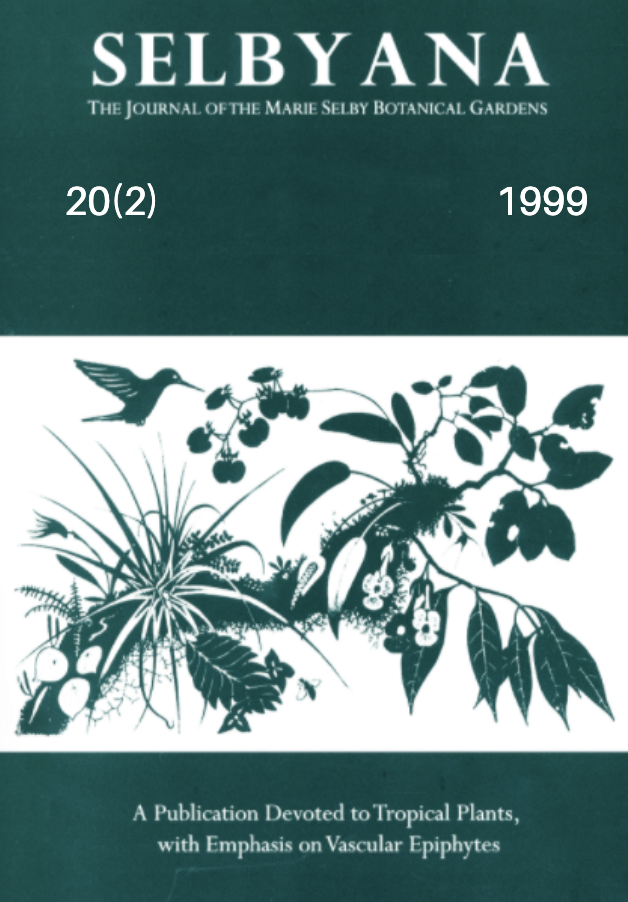Abstract
The biodiversity crisis in global forests continues to be accelerated by habitat loss and consequent extinctions of floral and faunal species assemblages that cannot adjust to rapid, and often large scale, habitat alterations. In an effort to record arthropod diversity in northern temperate rainforests we have studied canopy arthropods in a number of Vancouver Island rainforest types since 1992. Based on these findings we summarize results to answer the following questions: (1) Does guild proportionality vary among different, geographically separated ancient rainforests? (2) Does the numerical dominance of the predator guild by spiders change across these ancient rainforests? (3) Do these ancient rainforests act as repositories for arthropod biodiversity? Answers to these questions are needed to address the issues that surround the maintenance of biological diversity (form and function) in these ancient forests and, in a broader context, rainforests throughout the world.
Open Access and Copyright Notice
Selbyana is committed to real and immediate open access for academic work. All of Selbyana's articles and reviews are free to access immediately upon publication. There are no author charges (APCs) prior to publication, and no charges for readers to download articles and reviews for their own scholarly use. To facilitate this, Selbyana depends on the financial backing of the Marie Selby Botanical Gardens, the hard work and dedication of its editorial team and advisory board, and the continuing support of its network of peer reviewers and partner institutions.
Authors are free to choose which open license they would like to use for their work. Our default license is the Creative Commons Attribution-NonCommercial 4.0 (CC BY-NC 4.0). While Selbyana’s articles can be copied by anyone for noncommercial purposes if proper credit is given, all materials are published under an open-access license with authors retaining full and permanent ownership of their work. The author grants Selbyana a perpetual, non-exclusive right to publish the work and to include it in other aggregations and indexes to achieve broader impact and visibility.
Authors are responsible for and required to ascertain that they are in possession of image rights for any and all photographs, illustrations, and figures included in their work or to obtain publication or reproduction rights from the rights holders. Contents of the journal will be registered with the Directory of Open Access Journals and similar repositories. Authors are encouraged to store their work elsewhere, for instance in institutional repositories or personal websites, including commercial sites such as academia.edu, to increase circulation (see The Effects of Open Access).
